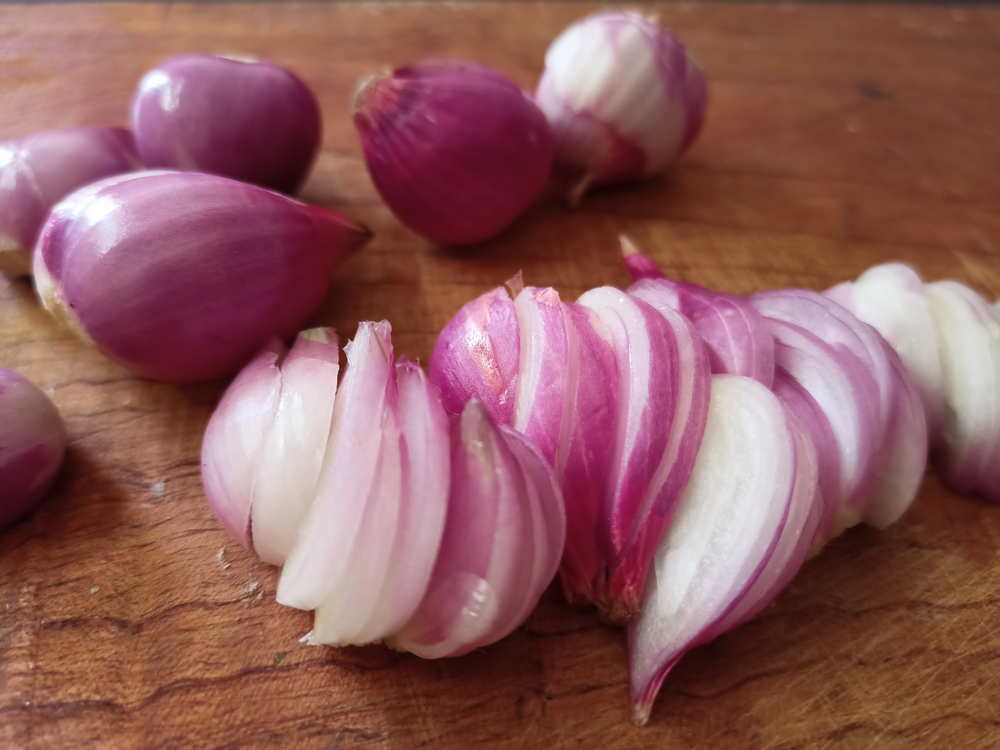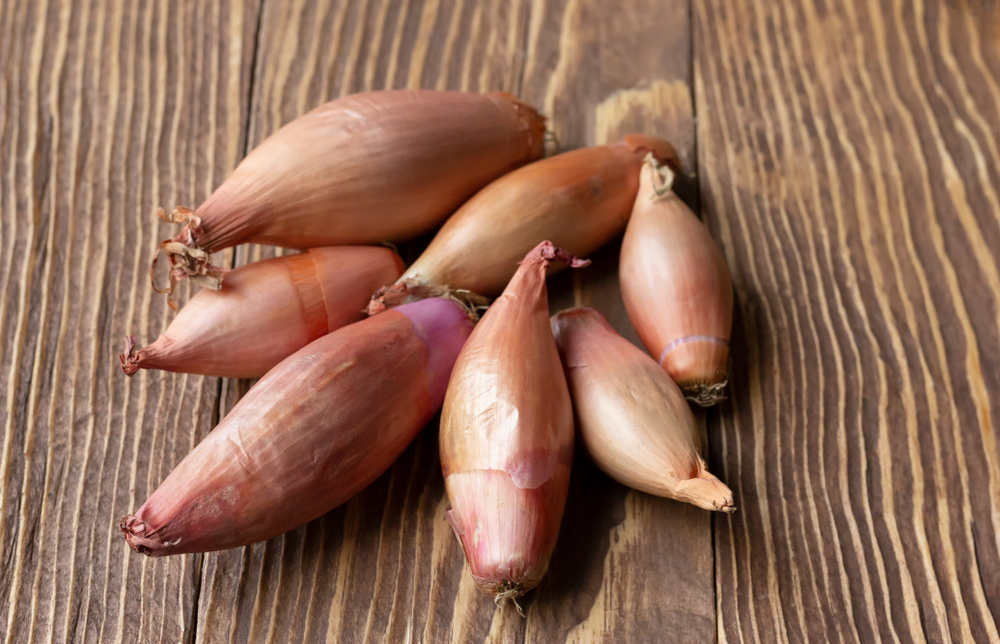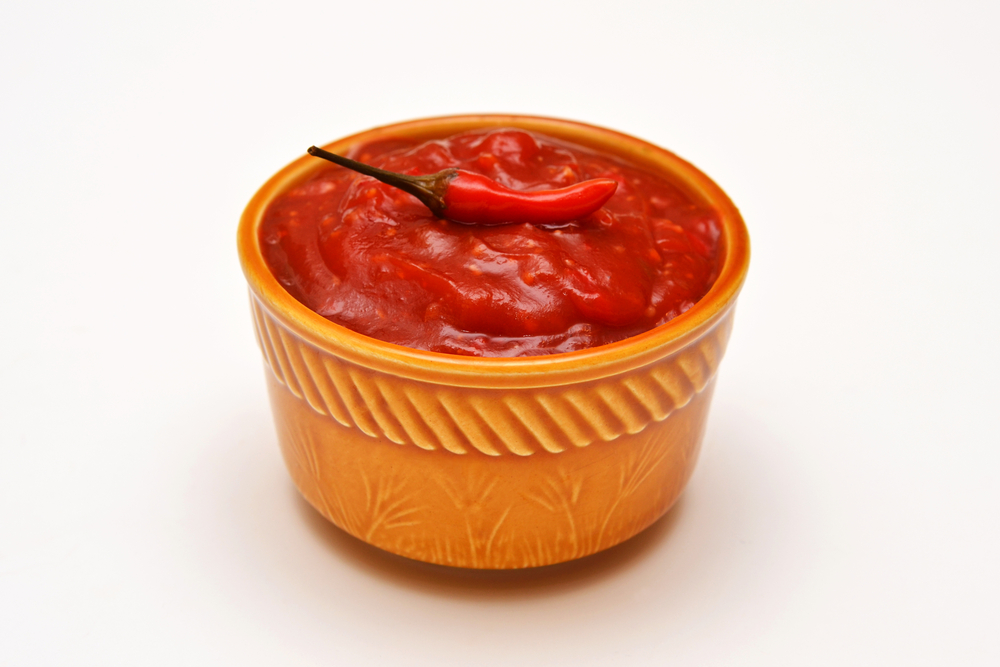Several different types of onions and onion lookalikes are available in your local produce section. If you are having trouble deciding whether or not you want to bring home some shallots or red onions or have a recipe calling for one or the other, it is relatively easy to tell which is which.

When it comes to shallots versus red onions, you should consider the differences between them. Shallots and Red Onions differ in taste, size, and function in a recipe. Shallots are delicate in flavor and have paper-thin layers, while red onions are big, chunky, and bold flavored.
While red onions can replace the shallot in most dishes, it is not wise to add shallots to recipes in which they will be cooked for long. Shallots can lose their flavor and structural integrity in the dish, or even worse, they can make it mushy. Red onions can sometimes be unfavorable for cooking in dishes that are part of the main presentation, so shallots are used instead.
What is the Difference Between Shallots and Red Onions?
Shallots and red onions are in the same section in the produce aisle, so it’s easy to wonder what the difference is. Shallots and red onions share the same family, allium, but they are not of the same species. The taste, smell, and texture of shallots versus red onions, and onions in general, set them apart.
What are Shallots?

Shallots are a part of the Allium cepa var. Ascalonium part of the onion family. Shallots are often small and covered in red or lighter white-pink-tinged bulbs and almost resemble garlic that has turned purple. Shallots have paper-thin skins, usually diced up into tiny pieces and added to recipes. The shallot has a mild taste and smell and is pleasant when raw and when caramelized.
What are Red Onions?
Red onions are part of the more prominent Allium cepa family. They are a much larger onion and are wrapped in thicker outer layers. The inner layers are thick and crunchy. Red onions are crunchy, sweet, and spicy when fresh. Cooked red onions have a different consistency and can even turn mushy and strange-looking when overcooked.
Are Shallots Stronger Than Red Onions?
Shallots are not stronger than red onions. Shallots have a delicate flavor and are often added to specific recipes to avoid the more robust taste and smell that most other onions, including the red onion, have. Shallots have paper-thin layers and are smaller than onions. They are often only added to recipes a little at a time. Red onions are bold and robust and can carry the note of the dish much further than shallots.
Can I Use Shallots in Place of Red Onion?
Shallots are primarily used in fresh recipes or recipes where there is little heat in the process because shallots are delicate. If you overcook shallots, they will lose their flavor and texture and become lost in whatever dish you make. Red onions generally stay good through a roasting process which can take hours; although they may be discolored and mushy, they will still taste like red onions. You can use shallots instead of red onion in salsas, salads, soups, sauces, toppings, appetizers, and meat dishes.

Why Do Chefs Use Shallots Instead of Onions?
Shallots are milder than onions and won’t stay on a person’s breath for as long. When Chefs use the delicate diced pieces of shallots over regular onions in their recipes, they only introduce a hint of the onion flavor without using onion powder or onion salt. Chefs use shallots in some dishes to add a fancier touch as well since shallots are paper thin when cut open and peeled apart.
Conclusion
Next time you go shopping in the produce section, you can look at the shallots and red onions confidently because it can be simple to tell them apart. Shallots are smaller, red-skinned onions that have paper-thin layers. The red onion is much larger and has bulky layers full of crunchy flavor. Shallots have a more delicate flavor and must be cooked carefully, while red onions are bold and flavorful no matter how they are used, raw or cooked.







